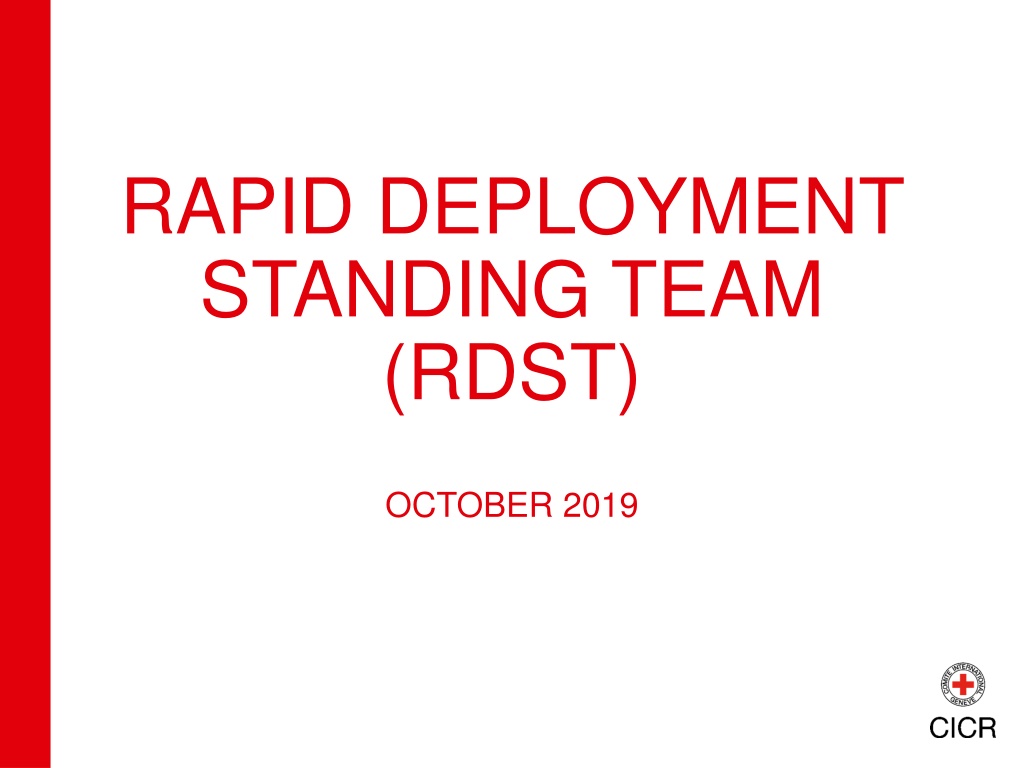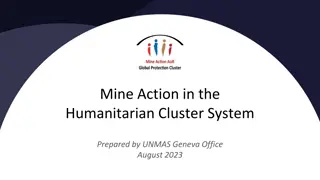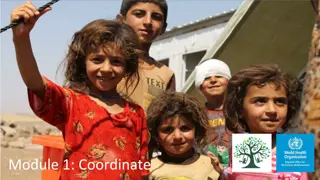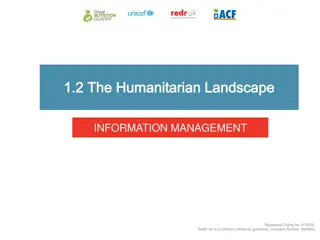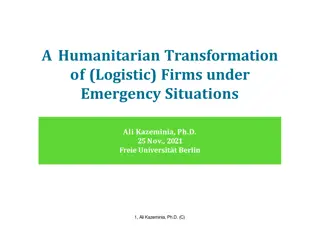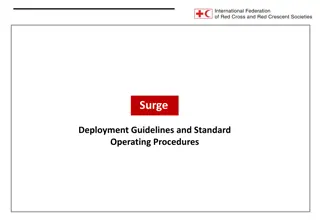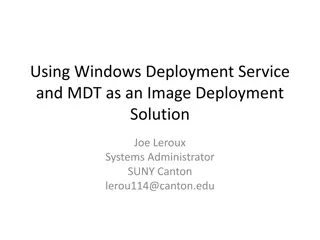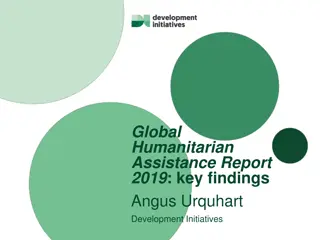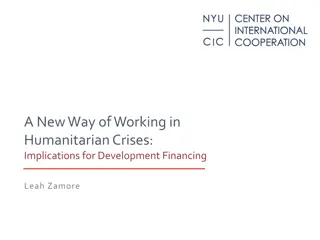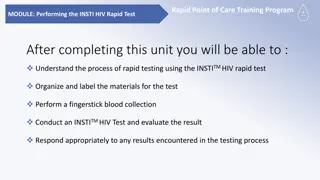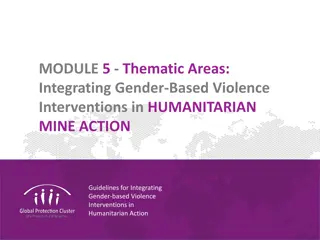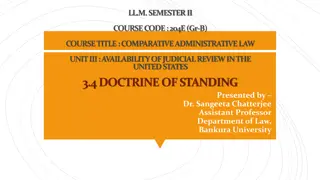Rapid Deployment Standing Team (RDST) for Humanitarian Crisis Response
A comprehensive overview of the Rapid Deployment Standing Team (RDST) initiative launched in October 2019 for swift and effective crisis response. The RDST comprises specialized coordinators and managers to address various aspects of crisis management, including staffing gaps and support services. With a focus on timely deployment of experienced staff, the RDST plays a crucial role in assessing, mobilizing, and stabilizing responses to humanitarian crises.
Download Presentation

Please find below an Image/Link to download the presentation.
The content on the website is provided AS IS for your information and personal use only. It may not be sold, licensed, or shared on other websites without obtaining consent from the author. Download presentation by click this link. If you encounter any issues during the download, it is possible that the publisher has removed the file from their server.
E N D
Presentation Transcript
RAPID DEPLOYMENT STANDING TEAM (RDST) OCTOBER 2019
RDM & RDST ICRC Surge ICRC RD Capacities RD Standing Team RD Response Team(s) NS RD Capacities RD Response Team(s) Movement Surge
- Assistance: 1 Wathab Coordinator, 1 Ecosec Coordinator, 1 Health Coordinator RDST: 4W - 1 Protection Coordinator - Support services: 1 HR Manager, 1 Logistic Coordinator, 1 F & A Manager, 1 ICT Manager (to be recruited) crises in a timely manner, by deploying experienced staff in a very short delay (24-48 hours) What: Permanent Human Resources capacity foreseen within the Rapid Deployment Mechanism (RDM) Why: To respond to humanitarian - 1 NS Capacities Coordinator, in charge of liaising with the NS contributing to the ICRC surge - 1 RDST Manager / Team Leader (Red line) Who: Main functions required in the initial phases of the response Doing What: [Crisis Response] Assess the situation and mobilization needs; define the additional support required; run and stabilize the response; Phase out Other uses: Crisis support, Staffing gaps, support to HQ units
RDST & Crisis Management Crisis support - Preparedness assess the situation and mobilization needs Phase out Define the additional support required Run and stabilize the response
